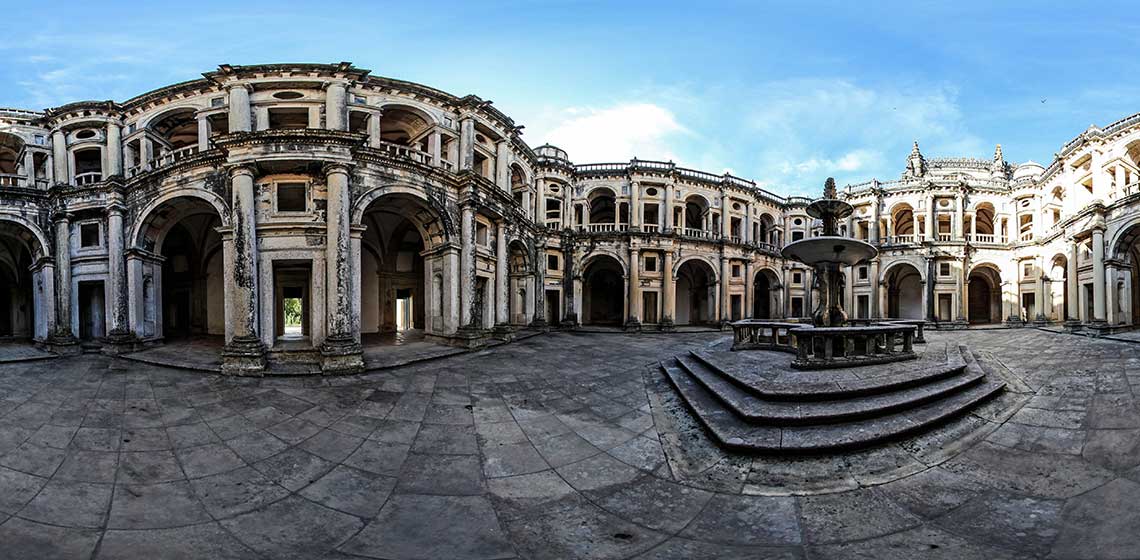Visiting Tomar, the Templar city
A magical tour through this World Heritage city, in central Portugal.
If you are a Dan Brown's "Da Vinci Code" fan, or have suffered to the very end with "Indiana Jones and the Last Crusade" (1989), don’t take your eyes off All About Portugal. Become the main character of this tour, where we follow the tracks of the Knight Templars, between Tomar and Santarém, and gather 13 must-see points of interest (a mystical number, for those who seek the Holy Grail). Whether you are "fond of" or just in love with History, let yourself be carried away by the heritage of this military religious group and, as an extra, go beyond the Knights and find out other must-see treasures of this region, that was once dominated by the Templars.
Historical Centre of Tomar

If we had to name a "Templars’ capital", this would undoubtedly be Tomar. By the time they arrived in Portugal, the mythical Knights scattered castles across different areas, but the centre of their territory was in Tomar. Bathed by the Nabão river, this city, in Santarém's district, has one of the historical centres with the highest concentration of monuments in the country.
Church of Santa Maria dos Olivais
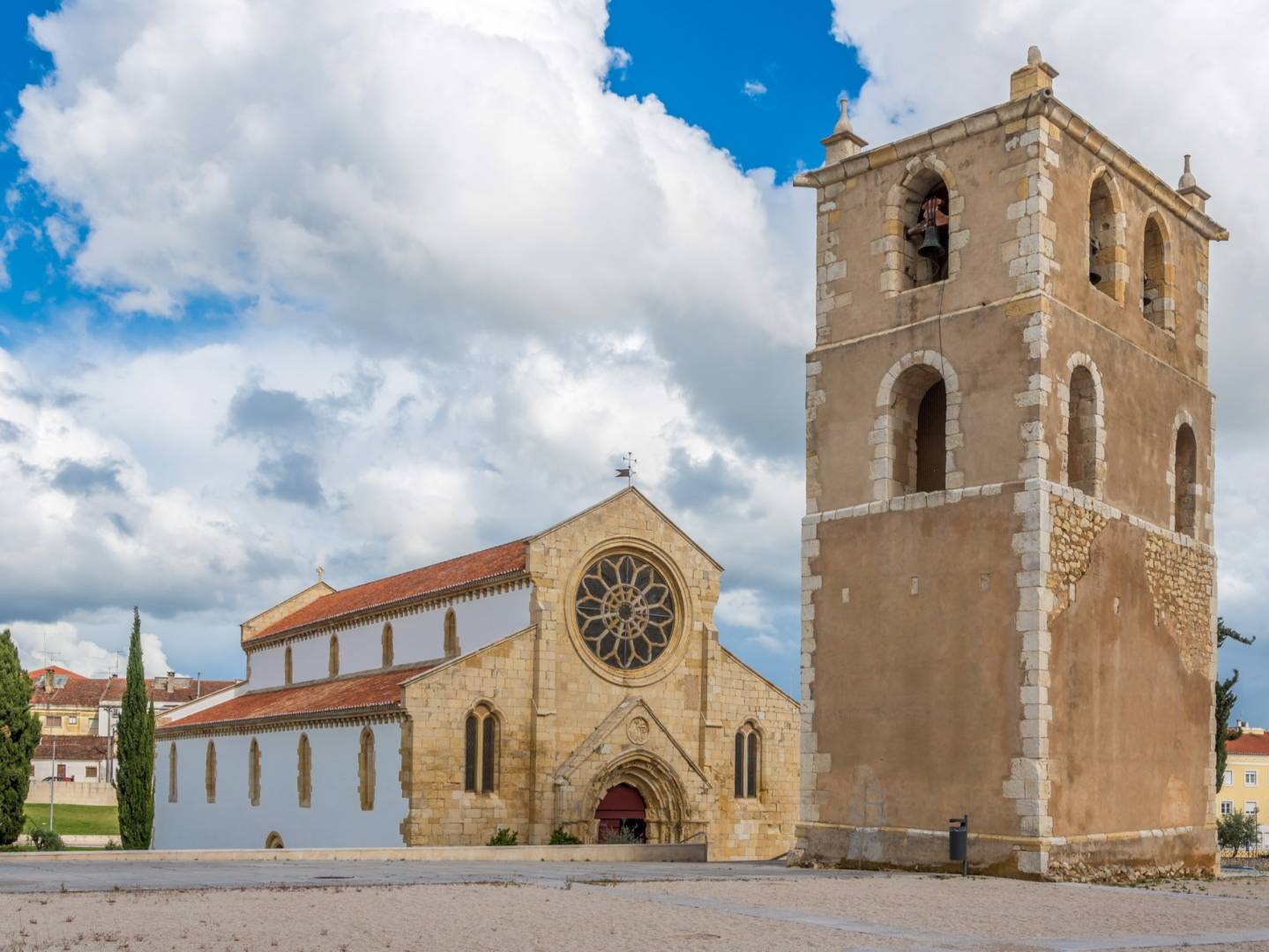
D. Gualdim Pais was born in Barcelos, but traveled to Jerusalem to study the Order and eventually founded Tomar in 1160, after Portugal's first king granted the region to the Templars. The crusader and Grand Master of the Templars is buried in the Church of Santa Maria dos Olivais, the same one he attributed the status of Pantheon of the Masters to, and which also serves as final rest to other members of the Order. You will notice the Templars mark, the Signum Salomonis, standing out in the facade.
Church of São João Baptista

Nothing was left to chance. The oldest urban area of the city of Tomar is organized in a cross, with a convent at each end and oriented by the cardinal points. The centre is starred by the Praça da República, where the Mother Church dedicated to Saint John the Baptist is. It is thought to have been rebuilt in the late fifteenth century. It was classified as a National Monument in 1910, standing out for its Manueline motives, and for the pulpit and the vault of the main chapel in its interior.
Convent of the Order of Christ
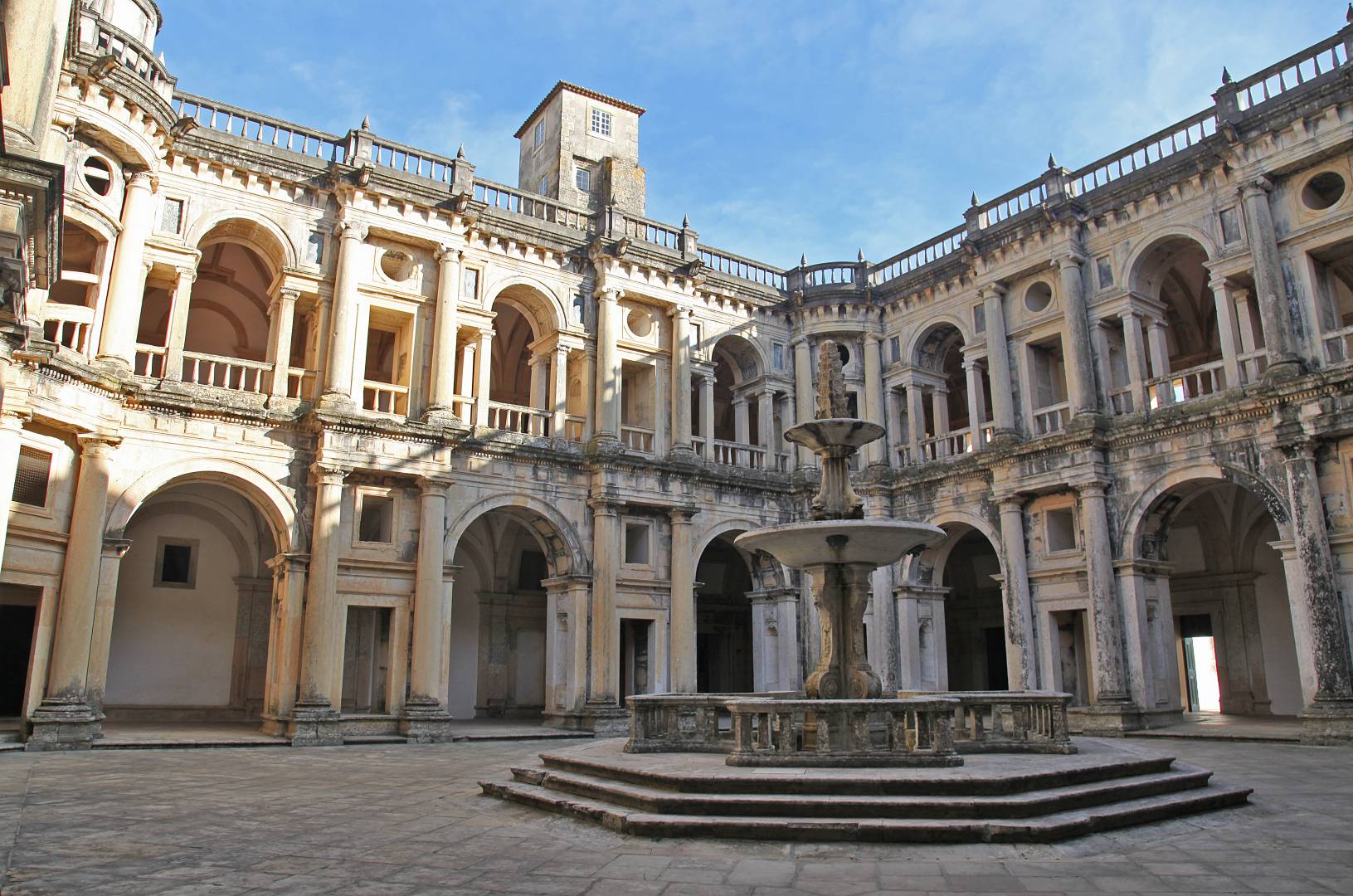
In 1983, UNESCO declared it a World Heritage Site. It is here that one finds the Charola, one of the Templars most striking heritages, as well as the country's most famous window, a representation of the Manueline style. The details related to the Templar rituals are not to be missed. To better understand the monument's significance, it is important to know how the Knights Templar Order became the Order of Christ, safeguarding the power, knowledge and wealth it had in Portugal.
Sete Montes National Forest

There are 39 hectares of forests and gardens that for centuries belonged to the Order of Christ, suitable for cultivation, but also for moments of reflection. The flora is rich and here you can find pine trees, oaks, judas-trees, cypresses and secular olive trees, among others. Highlight also for the "Charolinha", a small classic temple turned into an island by the lake that surrounds it. A kind of secret and hidden retreat, reached by crossing a pedestrian stone bridge.
Dornes Tower
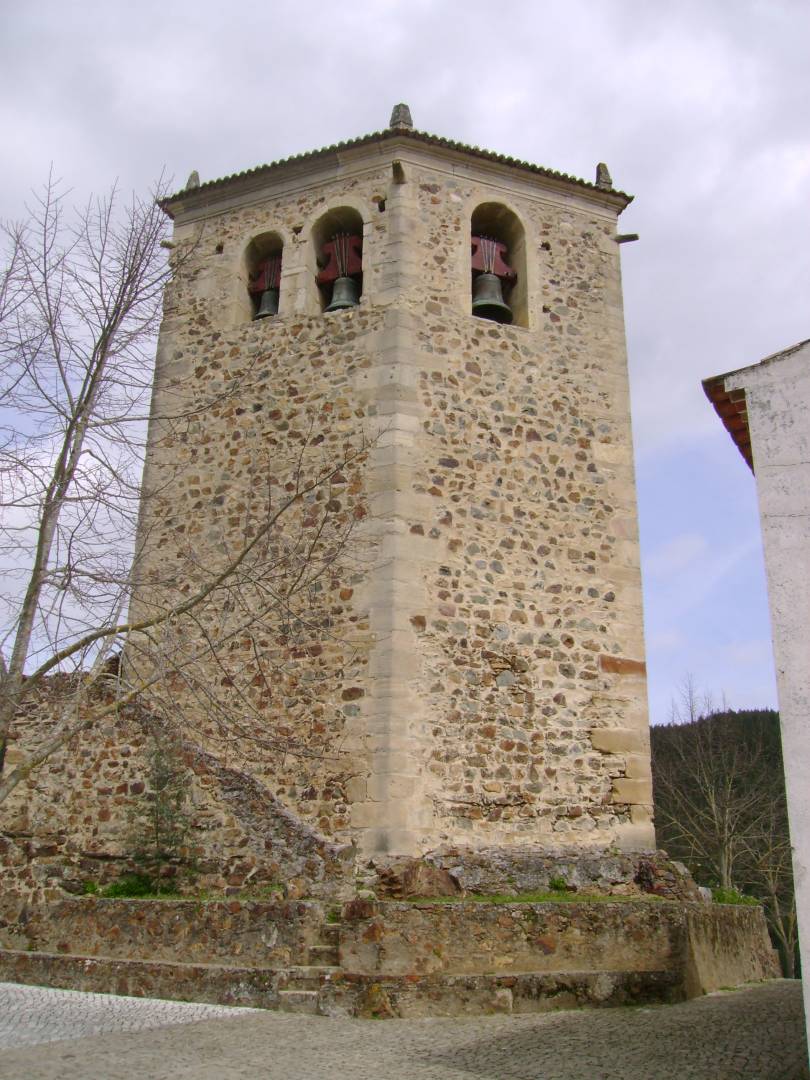
This journey does not escape some (conspiracy?) theories. See the Dornes Tower, located in Ferreira do Zêzere, which construction does not meet consensus. There are those who say it is a Sertório work from the eighth century, while some believe that it is a Moorish tower and others defend its Templar origin. Some sources even point out D. Gualdim Pais as its builder. Choose the version that suits you best and pay a visit. You will not regret it!
Constância riverside village

If you fancy a stroll and contemplating nature, the riverside village of Constância is, without a doubt, a must-see stop. Enjoy a moment of relaxation on the banks of the River Tagus, take the pedestrian path and contemplate the view over the Castle of Almourol. The panoramic views of the monument are charming for all cameras.
Almourol Castle
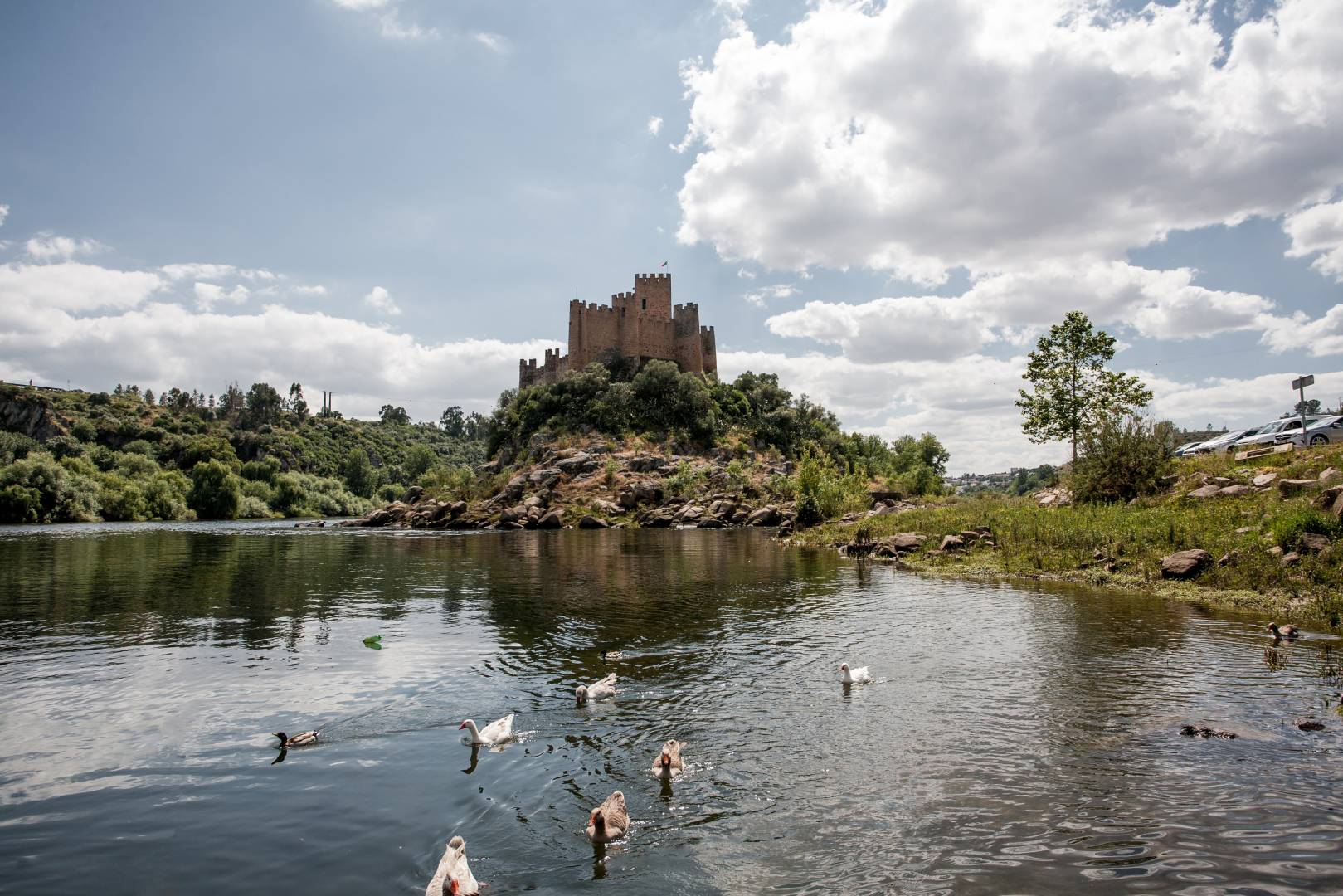
It is a treasure at the distance of a five-minute boat trip. The route is charming and culminates in a place wrapped in mystery, situated on a rocky islet of the river Tagus. It is a Templar castle, built by Master Gualdim Pais in the 12th century, being one of the most emblematic memories of the Order in the region. The walls are flanked by ten towers that surround the Menagem Tower and that confer an important defensive capacity to the set.
Ancient Synagogue of Tomar

The tour continues through another crowning jewel of the city of Tomar, this time linked to the Jewish community. They too settled in Tomar, but were expelled in 1496. Thus, it is inevitable to mention the Synagogue of Tomar, probably the oldest Hebrew Gothic temple. Built between 1430 and 1460, it would later be converted into a prison, and, in 1923, it was acquired by Samuel Schwarz and donated to the State to create the Luso-Hebrew Museum of Abraham Zacuto.
Pegões Aqueduct
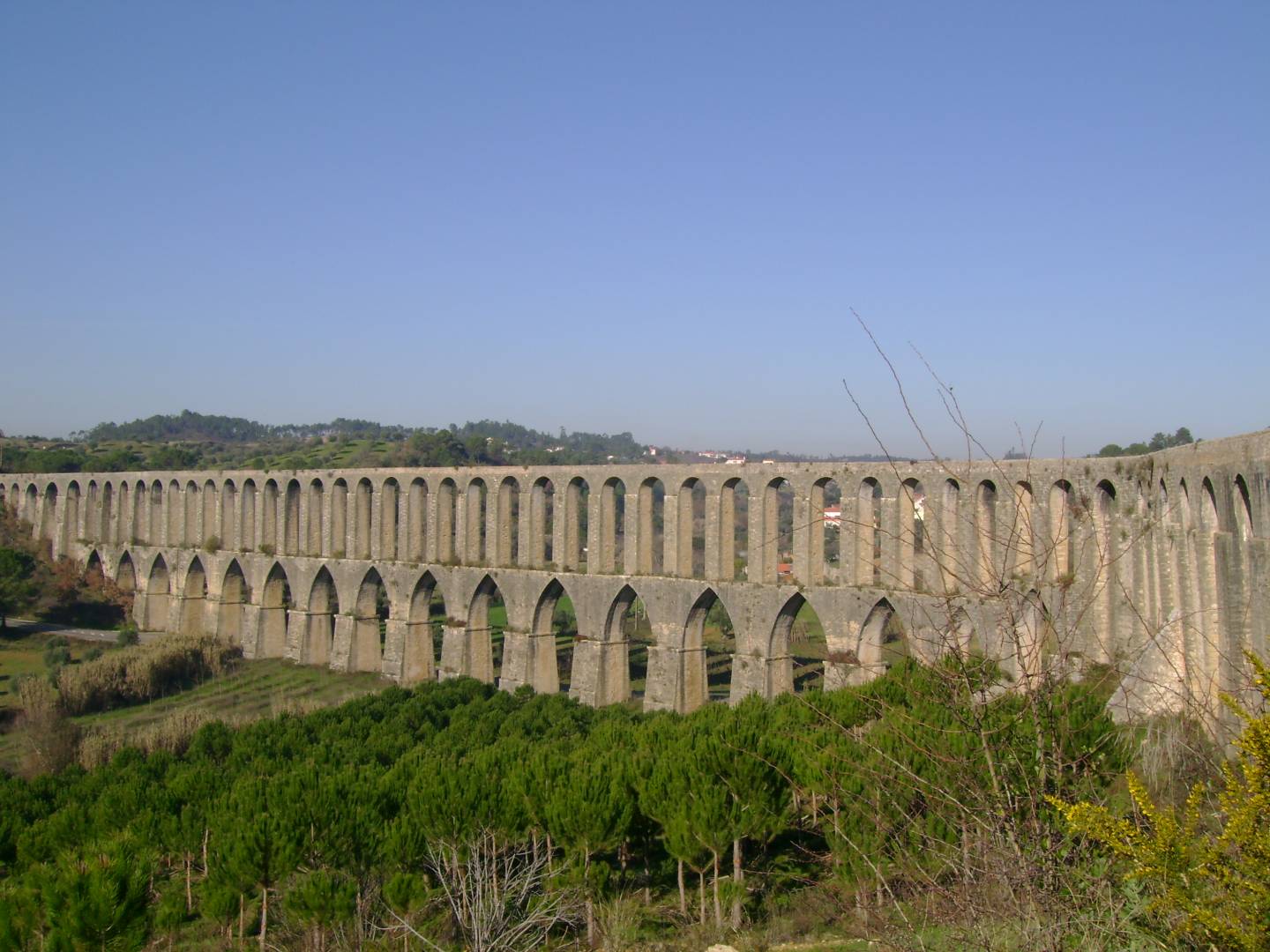
Classified as National Monument in 1910, the Pegões Aqueduct is today a marvellous pedestrian route, but it was built for a different purpose. In 1593, Philip I (Philip II of Spain) ordered its construction with the aim of supplying the Convent of Christ. It was completed in 1614. It has a total length of six kilometres and reaches 30 meters height, consisting of a set of 180 often superimposed arcs.
Mouchão Hydraulic Wheel

This large wooden wheel is located in Mouchão Garden, near the Nabão river, being one of the Tomar jewels, and even a background image of the main events of the city. It is a model of the hydraulic wheel, much used in the irrigation of the fields, or for supplying water to the mills, which in the past contributed to the prosperity of the local economy. It has several pairs of clay pots, each with a capacity of five litres.
Paraíso Café
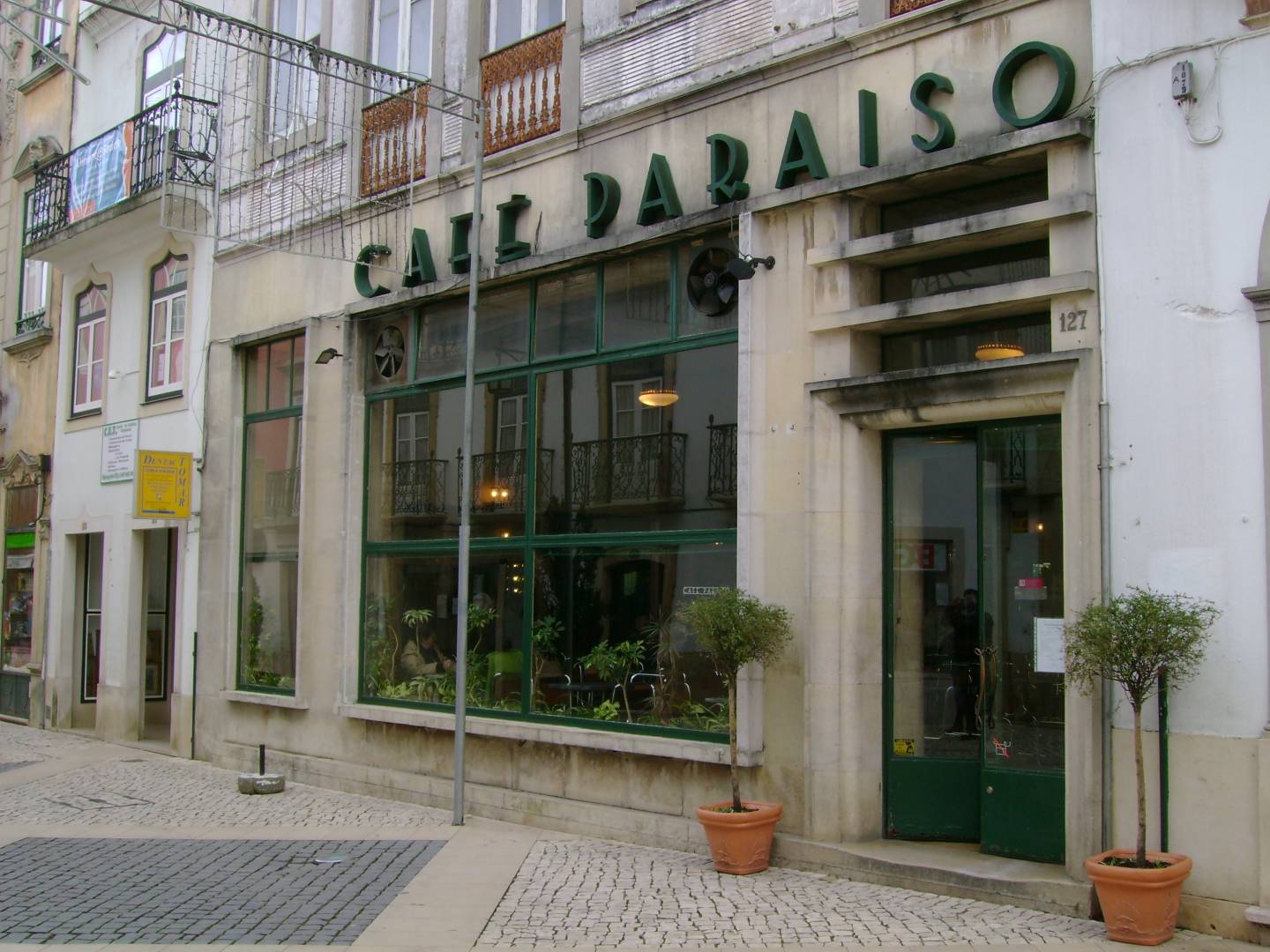
This long tour couldn’t come to an end without recharging batteries, so we give two not to be missed suggestions. We start at the iconic Café Paraíso, on Serpa Pinto Street. If its centennial walls spoke, they would tell stories of unique moments of this city. With a very cultural and intellectual environment, it has two lives: in the afternoon it is a gathering place for the elders and, in the evening, it immerses in a different atmosphere, with chill-out music, for students.
Estrelas de Tomar

If we talk about local gastronomy, we must mention something for the sweet toothed. Enter the Estrelas de Tomar pastery shop and enjoy the “Fatias de Tomar”("Tomar Slices"), made with egg yolks and boiled in a water bath (in a pan created by a city scraper in the middle of the last century). If you can handle another challenge, end it with a “Beija-me… Depressa” (Kiss me... quickly). Because, as Fernando Pessoa said, "After all, the best way to travel is by feeling."
Recommended
